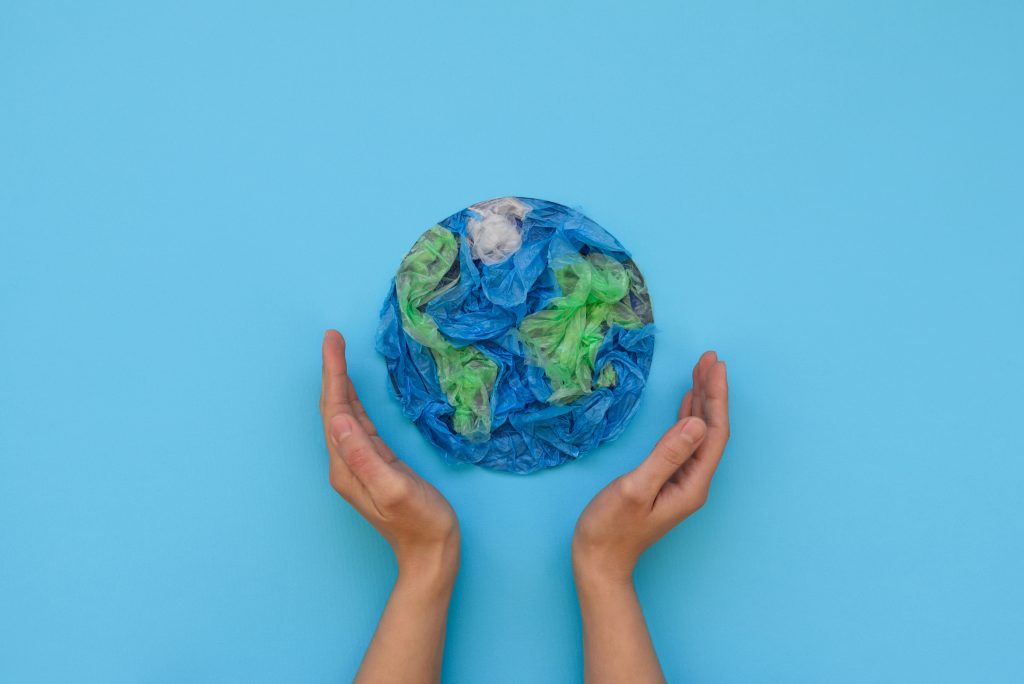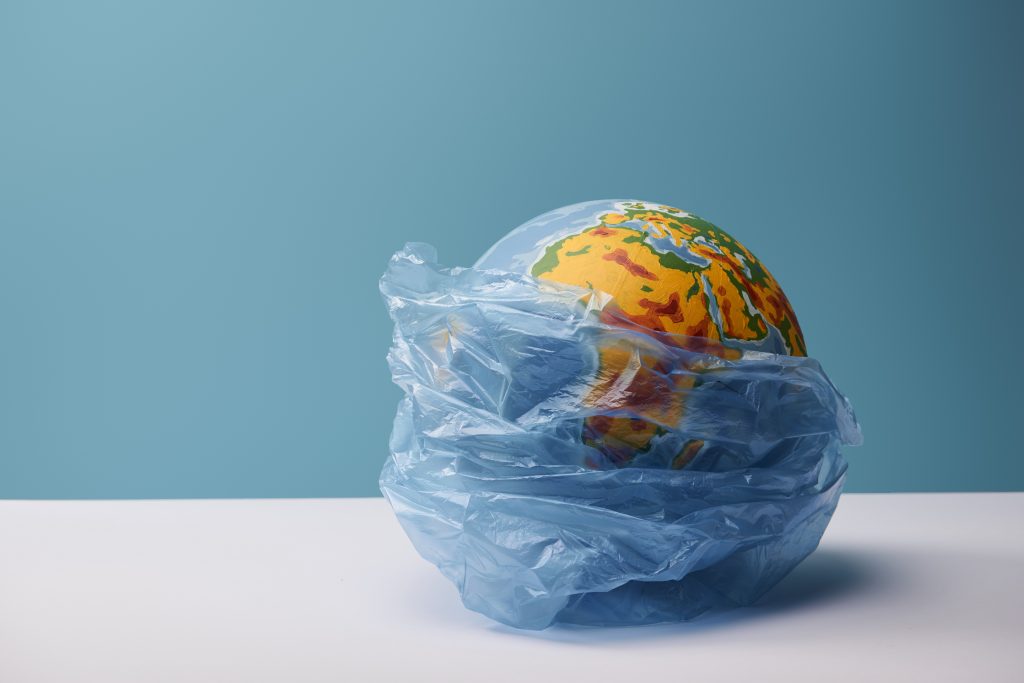Tag: microplastics
Plastic Free July 2023: Small changes to make big differences

Founded in 2011, the Plastic Free July campaign is the brainchild of the Plastic Free Foundation, a global social movement that is working towards a plastic free world. It is impossible to be unaware of the impact that plastic has had on the world, both positive and negative. Plastic is a lightweight, easily mouldable material with a wide range of […]
Read More… from Plastic Free July 2023: Small changes to make big differences
Plastic Free July® 2022

Plastic pollutes our land, our airways, and our oceans. This month is Plastic Free July® 2022 – a global initiative to encourage everyone to eliminate plastic use for one month. The event, run by Plastic Free Foundation, invites us all to be part of the solution. Each year, over 100 million people in 190 countries take part. We’ve picked the […]
Omnipresent microplastic

Microplastics have invaded every crevice, nook, and cranny on our planet and they are here to stay. Remember that plastic bottle you threw away back in the ‘80s? Well, it hasn’t disappeared – instead, it has fragmented into a million tiny pieces, which are now swimming in every ocean, infiltrating the soil in farms around the world, and even circulating […]
Detecting microplastics on aquatic vegetation in the Great Lakes

It is well known that natural surface waters have become contaminated with microplastics. However, it is not yet understood how these pollutants impact aquatic organisms. Professor Julie Peller at Valparaiso University, Indiana, has investigated the distribution of microplastics in the North American Great Lakes and found that synthetic microfibres are, on average, a thousand times more abundant on aquatic vegetation […]
Read More… from Detecting microplastics on aquatic vegetation in the Great Lakes
Closing the loop: Upcycling plastic waste for carbon capture

Two of the most important environmental concerns of our times are CO2 emissions and plastic pollution. Dr Xiangzhou Yuan, Research Professor at the Department of Chemical and Biological Engineering at Korea University (Seoul), and Dr Shuai Deng, Associate Professor of Mechanical Engineering at the School of Tianjin University (China), propose an approach that uses one problem to solve the other. […]
Read More… from Closing the loop: Upcycling plastic waste for carbon capture
Spectroscopic standard could help revolutionise the analysis of plastics

Plastic pollution is an environmental catastrophe in progress. 32 percent of the plastic we use escapes into the environment and only nine percent currently gets recycled. Fugitive plastic products often undergo various forms of environmental degradation, which lead to the formation of microplastics. British company Polymateria have developed additives for conventional plastics which facilitate biodegradation if they escape the waste stream. […]
Read More… from Spectroscopic standard could help revolutionise the analysis of plastics
Microplastics pollution in the Pantanal

By now, we all recognise microplastics as a huge problem in our oceans. This awareness peaked when the threat became direct to humans, through the consumption of contaminated marine produce. Unfortunately, the situation is even bleaker than we realised. Dr Pierre Girard from the Federal University of Mato Grosso has discovered microplastics in the remote Brazilian Pantanal, a huge and […]